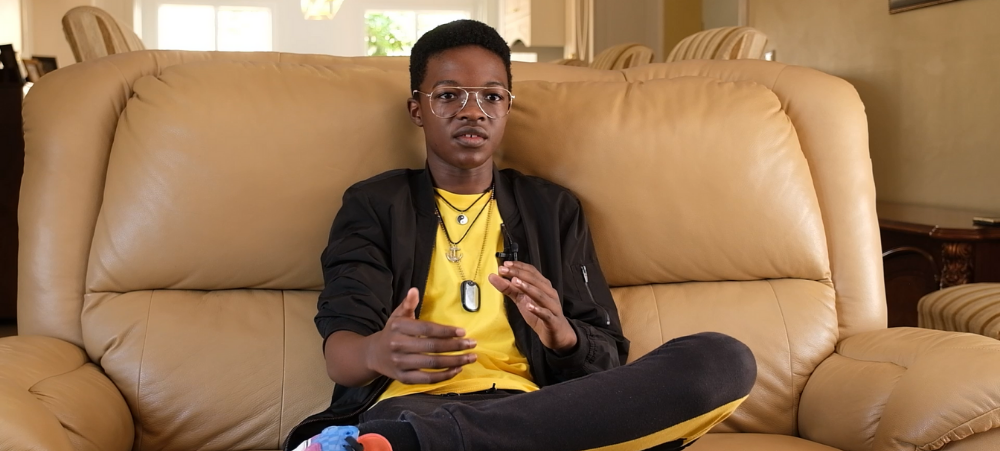
Future-Proof Education
As adults we often find ourselves asking children, “what do you want to be when you grow up?”. We are usually quite pleased to hear answers like “a vet, a doctor or a teacher”. Years of conditioning and upbringing have led us to believe that these careers are aspirational and that our kids will be “successful” if they finish school, get a degree and work in a respected profession. What we sometimes forget is that the job landscape in 10 years’ time is going to look quite different to the one that we are used to. As new industries emerge and existing industries start to dwindle there is an entire new pool of occupations that our kids can explore. In this article, we will take a detailed look at the job landscape of the future in an attempt to understand how parents can better prepare their children for a technology-driven career. Back to the future From self-driving public transport to customer service chatbots, the world as we know it is developing at a rapid pace. Robots, artificial intelligence and other technologies are poised to radically change the future of work and improve our lives through automation. Staying abreast of these technologies will be of great value for future employability. A 2017 McKinsey & Company report estimates that AI and robotics could eliminate about 30 percent of the world’s workforce by 2030. The truth is whilst technology could displace 75 million jobs, it will also create 133 million new ones. According to a Dell Technologies report, 85% of the jobs that will exist in 2030 haven’t been invented yet. It is worth noting that occupations have been coming and going for centuries. We no longer have milkmen or switchboard operators. Around 85% of the job roles from 1900 were obsolete by the year 2000, and the number one cause for these jobs becoming obsolete is technology. The jobs of the future Let’s take a look at some of the popular jobs of today that didn’t exist 20 years ago. From Digital Marketing Managers to Social Media Content Creators and App Developers, these have fast become highly sort after and well-respected professions, and we can assume that new professions will continue to emerge as society continues to evolve and advance. Many respected professions will continue to exist but they will morph into new versions of the roles as we know them. For example, we will always need doctors, but instead of these physicians spending days, weeks or months running tests in an attempt to accurately diagnose a patient, a supercomputer can process patient data and provide a diagnosis in seconds. When it comes to prescribing medications, doctors won’t need to stay abreast of new drugs and advances in medicine, instead, AI will cross-check a patient’s medical records with a pharmaceutical database to come up with a personalised treatment plan. Preparing your child for an unpredictable future The key to future success is ensuring that our children are equipped with the innovative skills necessary to navigate a disruptive job space. Understanding that the world is constantly changing, evolving and innovating will help our children become adaptable to the unpredictable industries of the future. More than ever, parents need to be thinking about how and what their kids are being taught and whether schools are adequately preparing children for the future. Schools systems and curricula are very often outdated and the subject matter and course content are no longer relevant. Robotics, Coding and Artificial Intelligence Courses Courses like Robotics, Coding and Artificial Intelligence are fundamental to a child’s education. Not only do these courses teach children technological foundations and principles, they also teach children important problem-solving skills in a more meaningful and interactive way. CambriLearn offers a range of supplementary learning courses designed to complement a traditional education to provide a child with the necessary skills to better understand these key learning areas. The benefits of enrolling a child in a Robotics, Coding or Artificial Intelligence course include: Improved creativity and problem-solving abilities: Robotics and Coding promote an environment for children to think freely and creatively. Whilst brainstorming programming concepts children will be faced with obstacles in their creation process that will encourage them to come up with solutions to overcome these challenges. Robotics and coding teach children to work through complex problems, to see things analytically and improve problem-solving abilities. Technological career development: The demand for STEM-related jobs will remain strong in the future. Programmers are required in almost every field and coding is a valuable skill set to introduce children to a digital career pathway. Being computer literate is now mandatory in many job roles and it has become a necessity for children to learn essential computer skills. Science and math concepts: Coding takes a different approach to teaching children science and math concepts that would otherwise be difficult for them to understand. These concepts give children practical examples of lessons that were previously learnt from a textbook and help promote a more hands-on learning environment. Promotes a love of learning: Children learn better when they have an active interest in the subject matter. Coding is FUN and therefore assists in promoting an environment where children want to learn. This helps destigmatise science and math education concepts. Coding isn’t only about the app, software, robot or digital solutions, coding is a multidisciplinary field where students will gain knowledge and tools that go way beyond the pure line of code. Enrolling your child in a robotics or coding course teaches them to become more comfortable and confident in a field of technology. This helps promote critical thinking skills, boosts self-confidence and sets them up to explore a career in technology Social and emotional skills Building a robot is a complex task that takes patience and courage. Coding provides an ideal environment for a child to work through complex puzzles and teaches them how to handle making mistakes. In Coding, mistakes are welcomed as they usually reveal crucial information that is needed to



































